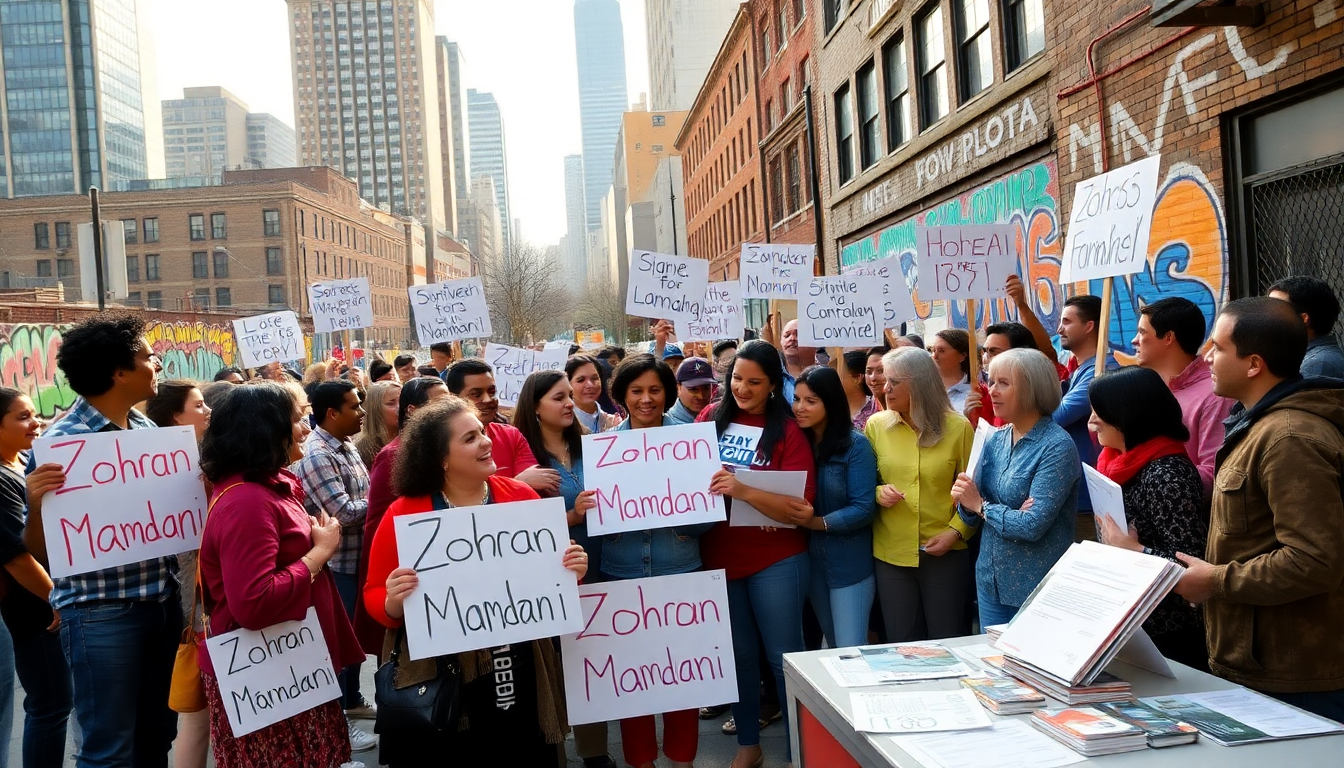Table of Contents
The recent mayoral primary in New York City has not only reshaped the political landscape but also spotlighted the shifting dynamics of urban electoral campaigns. Zohran Mamdani’s surprising win against former Governor Andrew Cuomo shows just how powerful grassroots movements and progressive ideologies can be in local politics. So, what really contributed to this significant electoral outcome, and what does it mean for future races? Let’s dive in.
The Rise of Progressive Candidates
Mamdani’s rise in the Democratic primary is a clear reflection of a growing trend in urban politics. Progressive candidates like him are gaining traction by tackling the urgent issues that matter to voters. His campaign zeroed in on affordability and social justice, striking a chord with constituents who are increasingly frustrated by the soaring cost of living in New York City. Remember when the polls showed Cuomo with a comfortable lead? That changed quickly as Mamdani tapped into social media and engaged with the community to amplify his message.
Key endorsements from influential figures like Congresswoman Alexandria Ocasio-Cortez and Senator Bernie Sanders gave Mamdani’s campaign an extra boost. Their backing not only added credibility but also energized younger voters, a demographic that’s crucial for shaping future electoral outcomes. This shift indicates a growing preference for candidates prioritizing progressive values and grassroots outreach over established politicians, especially those with controversial pasts.
Understanding Voter Sentiment
The reason behind Mamdani’s electoral success lies in his ability to connect with voter sentiments. New Yorkers are increasingly worried about economic disparities, skyrocketing housing costs, and public safety—issues that were central to his campaign. By presenting a vision for a fairer city, he became a compelling alternative to Cuomo, whose legacy had unfortunately come to be associated with scandal and establishment politics.
The stark contrast between Mamdani’s fresh approach and Cuomo’s troubled history gave voters a clear choice. This dynamic is vital for understanding how political campaigns can effectively tap into prevailing public sentiments. For candidates aspiring to succeed in similar urban environments, genuinely engaging with the community and addressing their concerns head-on is essential.
Implications for Future Elections
Mamdani’s victory is a bellwether for future elections, especially in urban centers where progressive ideologies are gaining steam. It highlights the need for political strategies that adapt to changing voter preferences, as traditional candidates may struggle to connect with a new generation of voters. The rise of candidates like Mamdani suggests a shift toward more progressive policies, which could reshape party platforms in the years to come.
Furthermore, this election cycle might inspire other cities to embrace candidates who resonate with grassroots movements. Mamdani’s success exemplifies how local elections can significantly influence broader political trends, potentially leading to a reconfiguration within the Democratic Party itself, where pragmatism and progressive ideals could find common ground.
Conclusion
To sum it up, the recent primary elections in New York City mark a pivotal moment in urban political landscapes. Zohran Mamdani’s victory isn’t just a win for progressive politics; it represents a shift in how voters engage with and perceive political candidates. As we look ahead to future elections, understanding these dynamics will be crucial for candidates aiming to connect with their constituents and navigate the complexities of modern electoral politics.


